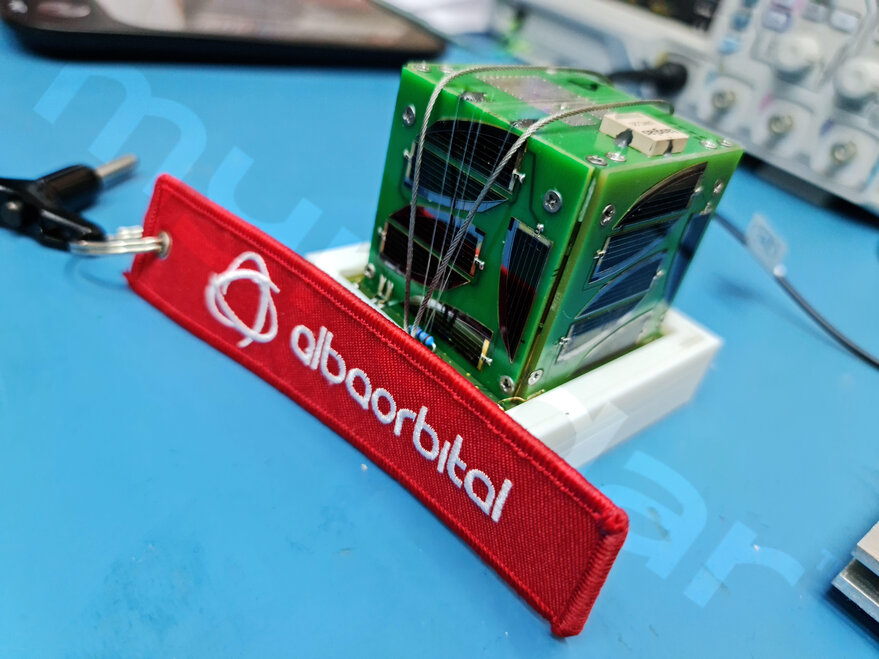MyRadar to validate technology with NOAA funding

SAN FRANCISCO – With funding from the National Oceanic and Atmospheric Administration, MyRadar will develop and launch cubesats to validate technology for its future weather and environmental data constellation.
MyRadar announced a $650,000 NOAA Phase 2 SBIR grant Aug. 18 for a pair of Orbital Wildfire Resilience cubesats. The cubesats, measuring 10 centimeters on a side, will be equipped with high-resolution optical cameras, thermal infrared imagers and near infrared hyperspectral imagers that observes 16 bands between 600 and 900 nanometers.
“This spectral-band density allows us to characterize fuel loads and aerosol loading,” Sarvesh Garimella, chief scientist and chief technology officer for MyRadar and parent company Acme AtronOmatic, told SpaceNews. “It’s a multi-hazard approach because wildfires aren’t just the fires, they’re the particulate matter and the air-quality degradation. And the dry vegetation can change where and who is at risk. Getting accurate up-to-date maps of fuel is a big part of the mission as well.”
Onboard AI
With onboard artificial intelligence, the satellites will be “able to tell us what they see instead of having to show us what they see,” Garimella said. “A key benefit to that is it solves the bottleneck of downlinking a huge amount of data from a tiny little satellite.”
To accommodate the size, weight, power and heat constraints of a 1u cubesat, MyRadar developed onboard AI that ramps up data collection when necessary.
“We have a low-power, always-on system that is able to gather context information and decide whether it’s worth kicking on the full system and collecting the high-resolution, multi-sensor dataset for a wildfire event,” Garimella said. “The first mission is to have an onboard AI collect training data in the wildland-urban interface environment for the future constellation in an automated way.”
Commercial Constellation
My radar launched three PocketQube protypes in 2022, precursors for the company’s Hyperspectral Orbital Remote Imaging Spectrometer (HORIS) constellation.
Environmental data captured by the HORIS constellation will be paired with artificial intelligence and machine learning to create data-fusion products for the company’s government and commercial customers. MyRadar also intends to draw on data from the HORIS constellation to enhance its MyRadar weather app.
MyRadar received FCC approval in 2022 to demonstrate technology for a constellation that ultimately could include 250 satellites or more.
With processed data from the HORIS constellation, MyRadar intends to create products to monitor extreme weather, coral reefs, algal blooms, illegal fishing, national security and wildfires, according to the FCC license.
Related
ncG1vNJzZmiroJawprrEsKpnm5%2BifK7F0ZqbmqpdqbxuwsCloJ2ZpJp6tbHCoaWopJ%2Bcxm7DyK2fZqaflq5ustSnm6Kml2Q%3D